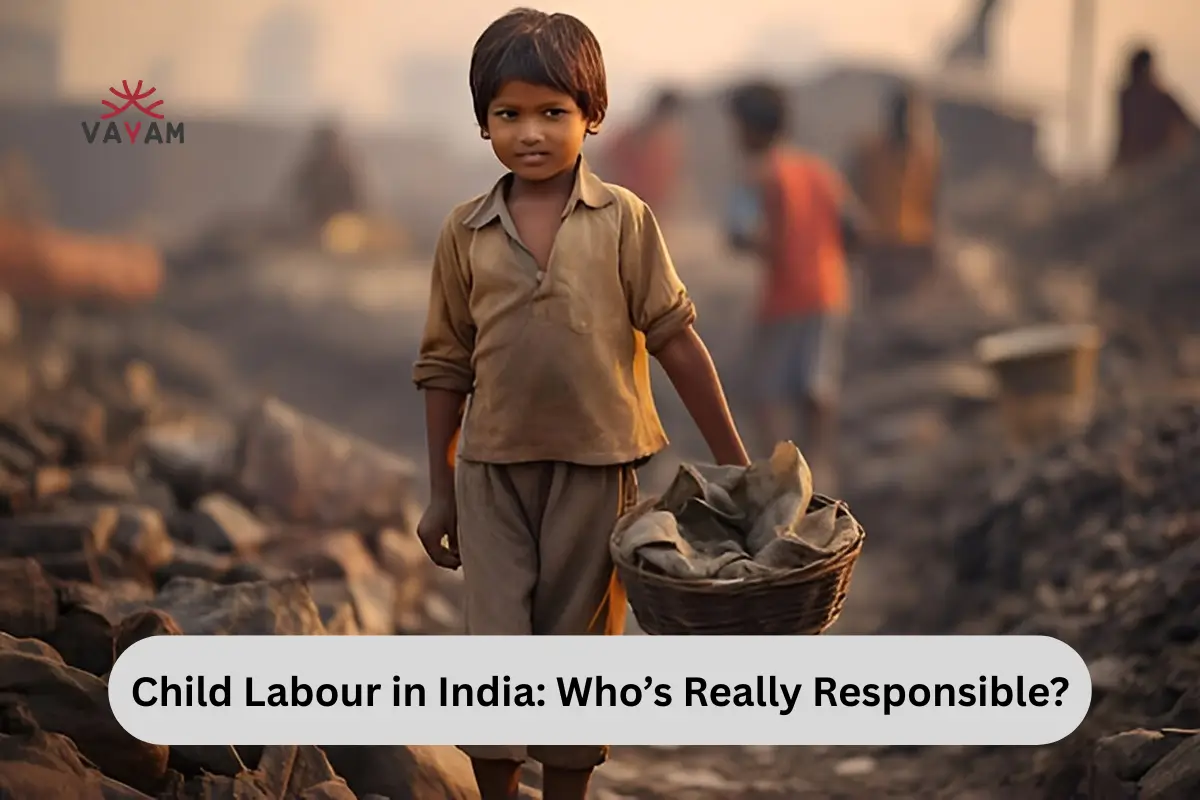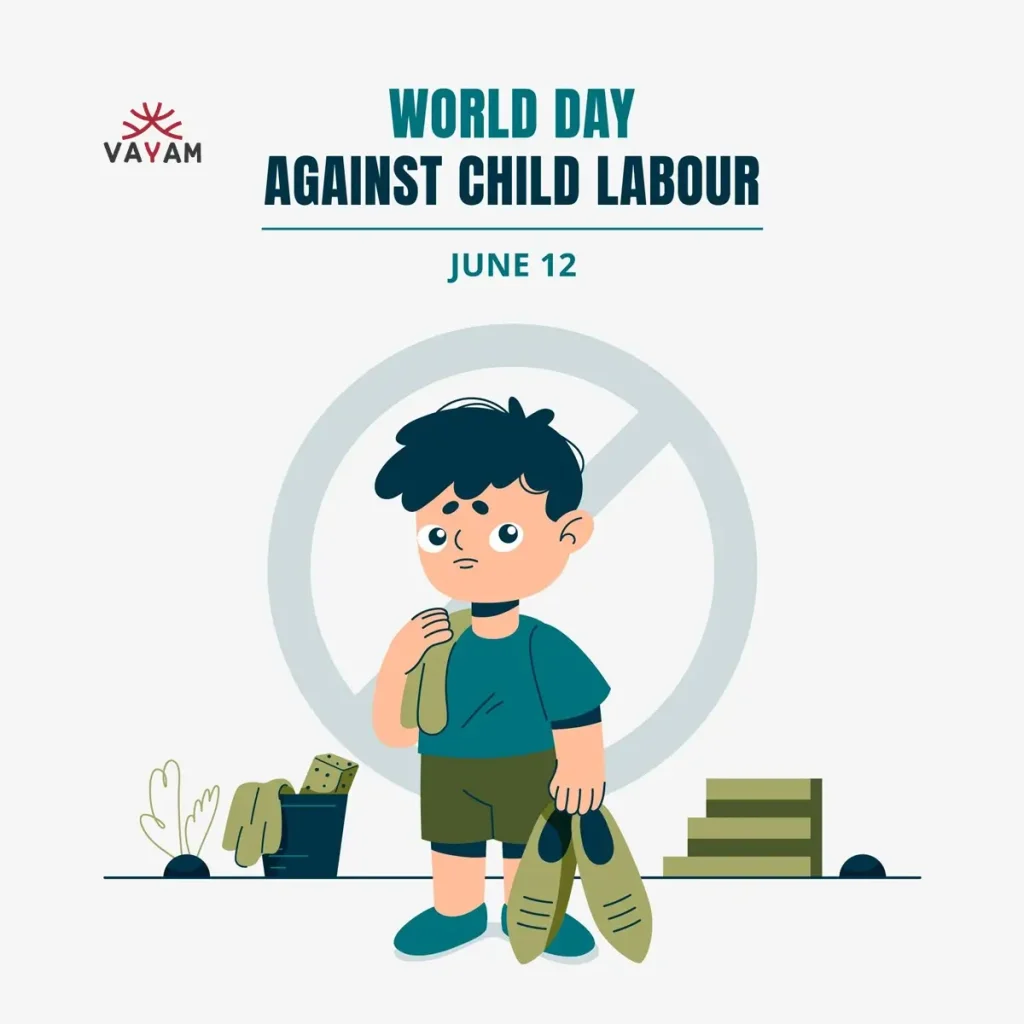
Begin with a strong hook, such as a real-life anecdote or a compelling statistic, followed by a brief overview of child labour in India, emphasizing its relevance and urgency. Mention the objective of the blog: to identify responsibility and explore actionable solutions.
Overview of Child Labour in India
Current Statistics and Reality
Provide up-to-date statistics on child labour in India, highlighting the severity of the issue. Discuss sectors where child labour is prevalent, such as agriculture, manufacturing, and domestic work.
Historical Context
Trace the history of child labour in India, including societal norms and colonial influences, to set the stage for understanding its deep-rooted presence.
Causes of Child Labour
Socioeconomic Factors
Explain how poverty, lack of access to education, and unemployment contribute to child labour. Use relatable examples to illustrate these connections.
Legal and Institutional Gaps
Analyze the limitations in existing laws like the Child Labour (Prohibition and Regulation) Act, as well as gaps in enforcement.
Who’s Responsible?
Role of Families
Discuss how poverty often forces families to involve their children in labour to sustain themselves.
Employers and Industries
Highlight the industries that exploit child labour for cost-cutting and the lack of stringent regulations against it.
Government Policies
Critique the government’s role in addressing or failing to address child labour effectively. Discuss budget allocations and policy effectiveness.
Society and Public Awareness
Examine the societal acceptance of child labour and lack of collective action against it.

Read More
One Girl One Future Here’s How You Can Be Part of the Change in 2025
How to Raise Emotionally Intelligent Children in a Digital World
Impact of Child Labour
Educational Consequences
Discuss how child labour deprives children of access to education and a brighter future.
Physical and Mental Health Effects
Detail the adverse physical and psychological impacts of child labour, including long working hours, hazardous conditions, and emotional stress.
Efforts to Combat Child Labour
Government Initiatives
Highlight government programs like mid-day meal schemes, scholarships, and anti-poverty measures.
Role of NGOs and International Organizations
Discuss efforts by organizations like UNICEF and CRY in advocating for children’s rights and welfare.
Corporate Responsibility
Examine how corporates can implement ethical supply chains and contribute to combating child labour through CSR initiatives.
How Individuals Can Help
Share practical steps for individuals to contribute, such as donating to NGOs, spreading awareness, or supporting child-friendly products.
Conclusion
Summarize the key takeaways and emphasize the collective responsibility of families, industries, government, and individuals in eradicating child labour.
FAQ
What are the main causes of child labour in India?
Poverty, lack of education, unemployment, and weak enforcement of child labour laws.
How does child labour affect a child’s education?
Deprives children of schooling, leading to illiteracy and limited future opportunities.
What are the laws against child labour in India?
The Child Labour (Prohibition and Regulation) Act, 1986, and amendments prohibit children under 14 from working in hazardous industries.
Which industries are most affected by child labour?
Agriculture, manufacturing, mining, domestic work, and textile industries.
How can we help stop child labour in India?
Raise awareness, enforce stricter laws, support NGOs, donate to child welfare, and promote access to education.
